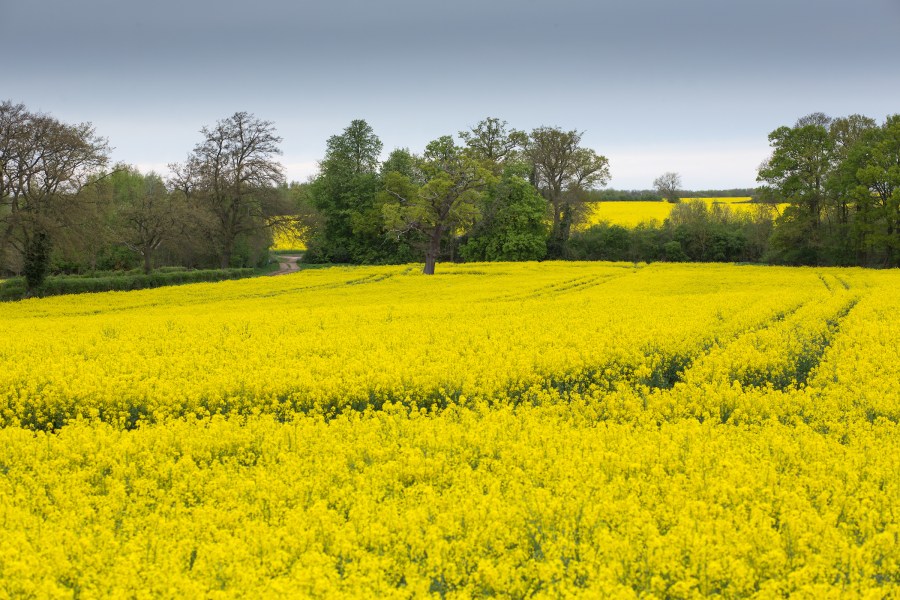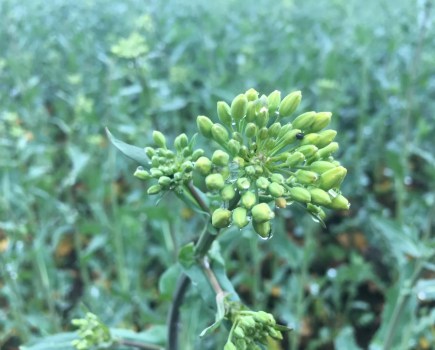Winter oilseed rape losses have been significant this year – with nearly four times as much lost as last autumn, according to the latest findings from the Kleffmann Group. CPM reports.
Based on results from its winter oilseed rape panel, global market research organisation, Kleffmann Group, has identified a significant loss of this year’s planted area, with large regional differences being observed.
The panel consists of 403 UK OSR growers and calculated an original planted area in autumn 2018 of 581,030ha. However, 68 farmers have reported failed crops – amounting to 6.28% of the original planted area – equating to a loss of 36,000ha. In the 2017/18 season, the percentage loss was just 1.62%.
The farmer survey also identified the proportion of hybrid and conventional variety adoption with nearly a 50:50 split between hybrid and conventional varieties being sown – 285,000ha of conventional varieties compared to 294,000ha of hybrids.
What’s more, the survey highlighted a clear difference in failed crops by breeding method. In conventional varieties the area lost was 7.52% (21,000 ha) and of the restored hybrid varieties 5.16% (15,000 ha) was lost.
Regional variation
The severity of the losses varied massively between different regions. Scotland had the lowest losses at just 0.91% of the original planted area, closely followed by the North East at 1.36%.
At the other end of the spectrum, the South East region had the highest area of failed crop at 12.6%, followed by Yorkshire and the Humber region at 9.75%.
The main reasons for this increase in losses are thought to be poor establishment and a lack of moisture in some regions, which hindered germination. In addition, cabbage steam flea beetle damage was rife in some areas. With neonicotinoid seed treatments no longer permitted and pyrethroid resistance in CSFB adults developing, it’s likely that these losses are likely to become more severe in the coming years.




